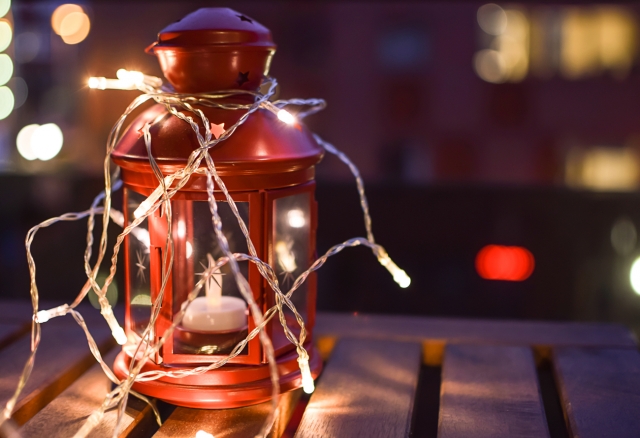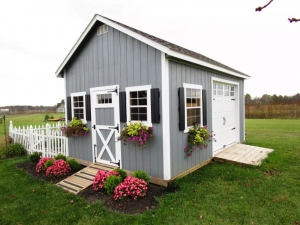The trend toward permanent holiday lighting systems is prompting more homeowners to attempt complex electrical projects themselves, raising safety concerns among professionals
Permanent Christmas lights have become the latest home improvement obsession, with elaborate displays that once required professional installation now marketed directly to ambitious homeowners. But as more families attempt these complex electrical projects themselves, safety experts are raising concerns about the risks involved.
The surge in DIY holiday lighting reflects broader trends in home improvement spending and the growing popularity of smart home technology. Ring doorbell videos showcasing neighbors' synchronized light displays have fueled demand, while supply chain improvements have made commercial-grade equipment more accessible to consumers.
"We're seeing a lot more calls for repairs after failed DIY installations," said Mike Rodriguez, a licensed electrician in suburban Chicago who has worked on holiday lighting for 15 years. "People underestimate the complexity of running dedicated circuits and properly weatherproofing connections."
The Appeal and the Reality
The cost of professional permanent Christmas lights installation ranges from $2,000 to $5,000 for an average home, according to industry estimates. DIY enthusiasts can purchase materials for $600 to $2,000, but the hidden costs often surprise them.
Sarah Chen, a marketing manager in Portland, Oregon, learned this firsthand when she attempted to install permanent lights on her two-story Colonial last spring. What she thought would be a weekend project stretched to six weeks.
"Between buying the right tools, fixing my mistakes, and hiring an electrician to upgrade our electrical panel, I probably broke even with professional installation," Chen said. "And that's not counting the value of my time or the stress on my marriage."
Safety Concerns Mount
The Consumer Product Safety Commission reports that emergency rooms treat about 160 fall injuries related to holiday decorating annually, though the agency doesn't break down how many involve permanent versus temporary installations. Electrical fires from improper installation pose additional risks.
"The biggest danger I see is homeowners doing electrical work without permits or proper knowledge," said Jennifer Walsh, a fire safety inspector in Montgomery County, Maryland. "A $20 permit could prevent a house fire, but people skip that step because they think it's just Christmas lights."
The complexity extends beyond basic electrical work. Modern permanent lighting systems often integrate with home automation platforms and require careful planning of wire runs, load calculations, and weatherproofing techniques typically learned through professional training.
When DIY Makes Sense
Despite the challenges, some homeowners successfully complete DIY installations. The key factors for success, according to contractors interviewed, include:
Previous electrical experience, single-story homes with simple rooflines, ample time for planning and execution, and realistic expectations about complexity.
Professional Installation Benefits
Beyond safety and expertise, professional installers offer warranties, insurance coverage, and maintenance services. They also navigate permit requirements and ensure code compliance—factors that can affect home insurance and resale value.
"We complete most permanent Christmas light installations in one to two days because we have the right tools, materials, and experience," said Rick Safeman, outdoor lighting designer at Sapien Lighting, a permanent Christmas light installation company in Austin. "Homeowners often take weeks and still end up calling us to fix problems."
The Bottom Line
As permanent holiday lighting becomes more mainstream, the DIY versus professional decision increasingly resembles other major home improvements like HVAC or roofing work. While possible for skilled homeowners, the complexity and safety risks often make professional installation the wiser choice.
For those determined to go the DIY route, experts recommend starting small, obtaining proper permits, and consulting with electricians on any electrical work beyond simple plug-in connections. The goal, after all, is creating holiday magic—not holiday emergency room visits.
The National Electrical Contractors Association offers resources for finding licensed electricians at necanet.org. Homeowners should always check local permitting requirements before beginning electrical work.






